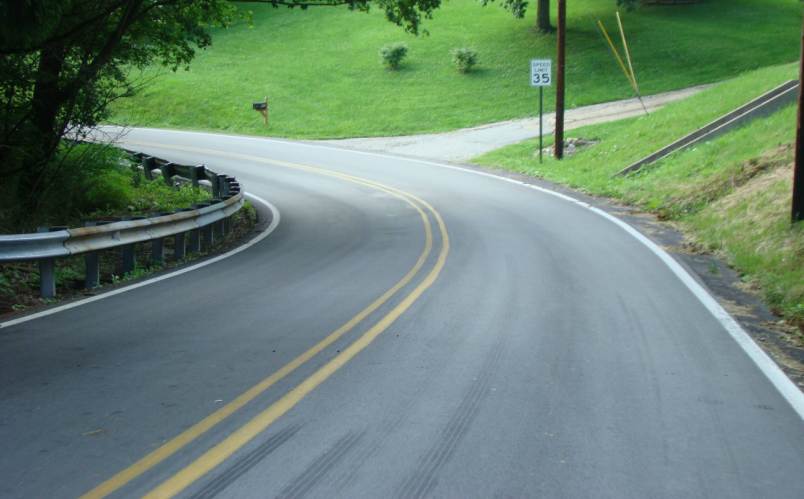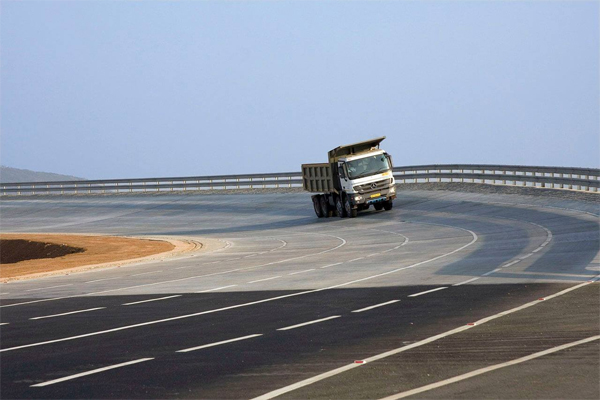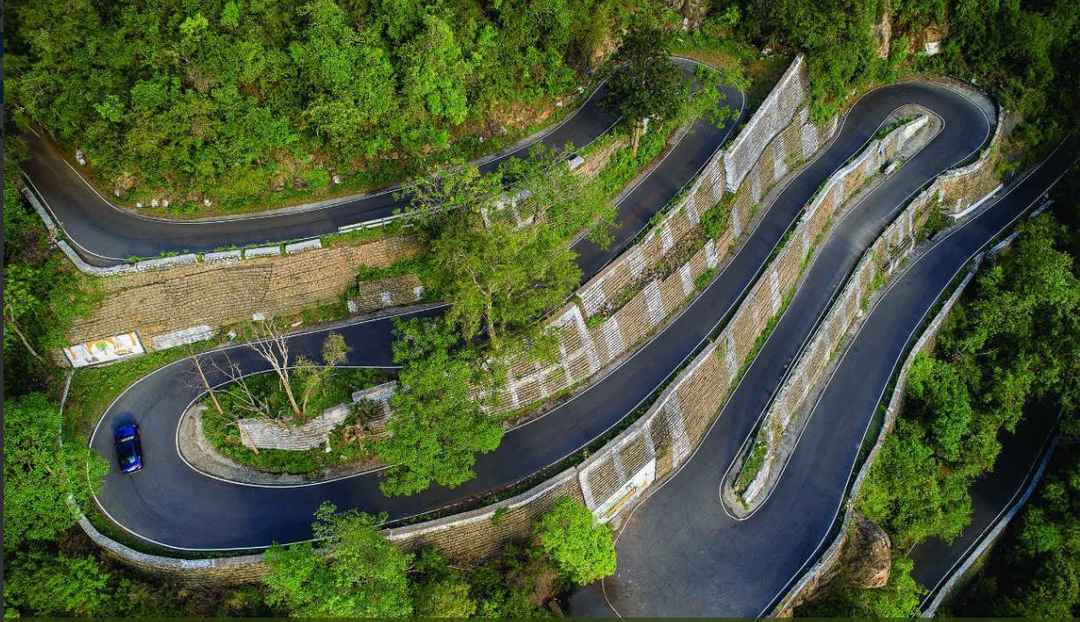Roads are a crucial part of transportation infrastructure, connecting people and goods to different locations. Designing a road that is safe and efficient involves considering many different elements, including the alignment of the road and the height of the road surface. In this blog post, we will explore the cross-sectional elements of a road and how they impact the safety and functionality of the road.
Horizontal Curves:
Horizontal curves are an essential component of a road's alignment. These curves allow the road to bend around an obstacle, change direction, or follow the natural terrain. Horizontal curves are essential for maintaining safe speeds, improving driver visibility, and providing better traffic flow. The radius of a horizontal curve is the distance between the center of the curve and the tangent points. A larger radius provides a more gradual curve, which is easier for drivers to navigate. However, larger radii also require more space, so there is often a trade-off between safety and cost.
Superelevation:
Superelevation is the slope of the road surface, which helps vehicles maintain stability as they go around a horizontal curve. The slope of the road surface is designed so that the outside edge of the road is higher than the inside edge. This helps vehicles maintain traction and balance while they are going around a curve. The amount of superelevation depends on the speed of the road, the radius of the curve, and the type of vehicles that will be using the road.
Transition Curves:
Transition curves are used to make the transition between straight sections of a road and curved sections. These curves help to smooth out the transition and make it easier for drivers to adjust their speed and steering. Transition curves are especially important on roads with high speeds, as they help to prevent accidents caused by sudden changes in direction.
Widening of Curves:
In some cases, it may be necessary to widen a curve to improve safety. This can be done by adding additional lanes, shoulder space, or barriers. Widening curves can help to reduce the risk of accidents caused by vehicles running off the road or colliding with one another.
Sight Distances:
Sight distances are an essential component of road design, as they determine how far drivers can see ahead of them on the road. Sight distances are influenced by many factors, including the height of the road surface, the curvature of the road, and the presence of obstructions. Good sight distances are critical for ensuring that drivers have enough time to react to potential hazards, such as other vehicles or obstacles in the road.
Vertical Curves:
Vertical curves are an important component of the vertical alignment of a road. Vertical curves are used to smooth out changes in the elevation of the road, such as when the road goes over a hill or down into a valley. The radius of a vertical curve determines how steep the road will be, with a larger radius providing a gentler slope. Vertical curves are important for maintaining safe speeds, improving driver visibility, and preventing accidents caused by sudden changes in elevation.
Gradients:
Gradients refer to the slope of a road surface, and they impact the speed and safety of vehicles. Gradients can be either positive or negative, depending on whether the road is going uphill or downhill. Positive gradients can slow down vehicles and make it more difficult to maintain traction, while negative gradients can cause vehicles to speed up and become less stable. Gradients also have an impact on fuel consumption and the wear and tear on vehicles, making them an important consideration in road design.
Hairpin Bends:
Hairpin bends are sharp turns in the road that resemble a hairpin. These turns are commonly found in hilly areas and are characterized by a very tight radius and steep incline. Hairpin bends pose a challenge for drivers, especially for those driving heavy vehicles. The sharp turns and steep incline require the driver to slow down and navigate the bend with caution. To make hairpin bends safer, road engineers design them with wider roads and higher gradients to allow for easier maneuverability.
Lateral Clearance at Underpasses:
Lateral clearance is the distance between the edge of the road and any obstructions on the side. This is particularly important in underpasses where the road passes under a bridge or another road. The lateral clearance at underpasses is critical in ensuring that vehicles can pass through without hitting the sides. The standard lateral clearance at underpasses is usually between 2 and 3 meters, depending on the type of vehicle that is expected to pass through.
Vertical Clearance at Underpasses:
Vertical clearance refers to the height of the underpass, which is the distance between the road surface and the underside of the bridge or overpass. Vertical clearance is important in ensuring that vehicles can pass through the underpass without hitting the bridge. The standard vertical clearance at underpasses is usually between 4 and 5 meters, depending on the height of the vehicles that are expected to pass through.
Conclusion:
In conclusion, the cross-sectional elements of a road are crucial in ensuring the safety and comfort of road users. Road engineers must consider these elements when designing roads, especially in hilly areas where sharp turns and steep inclines are common. By considering these elements, roads can be designed to accommodate the needs of all users and ensure the smooth flow of traffic.







Comments
Post a Comment